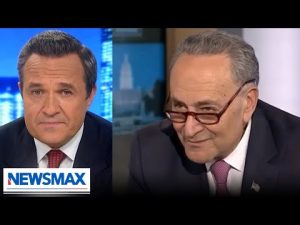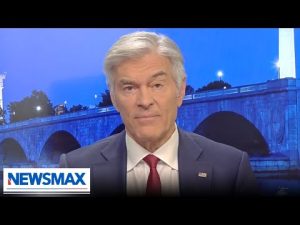In a recent poll conducted by the AP-NORC Center for Public Affairs Research, a wave of economic anxiety has swept across the nation, leaving many Americans feeling like they’re trying to run a marathon in flip-flops. The data reveals that confidence in finding good jobs, affording new homes, and even saving for retirement has hit a rough patch. The poll suggests that only 43% of Americans earning less than $50,000 feel they are keeping pace, while wealthier demographics have a significantly brighter outlook.
To put things into perspective, the financial stress affects those on the lower end of the income spectrum the most. A staggering 68% of surveyed individuals reporting incomes below $50,000 revealed they had little to no confidence in covering unexpected medical expenses. When it comes to real estate, 76% indicated they doubted their ability to buy a new home, and 69% fretted over their retirement savings. It’s like trying to assemble a jigsaw puzzle with missing pieces—frustrating and overwhelming!
Electricity costs are also flickering like a faulty light bulb in the lives of lower-income Americans, with 48% identifying these expenses as a significant source of worry. Grocery prices? That’s another matter as 65% of adults earning under $50,000 called them a major stressor. It’s a juggling act of bills that seems to grow more precarious with each passing day. In fact, the second-largest source of anxiety across all income levels was housing costs, with 45% of Americans indicating these are major stressors.
Now, if you think political affiliations might offer a sense of relief, think again! When asked about the economy, a notable divide emerged. Republicans showcased a remarkable sense of optimism during President Donald Trump’s second term, with 58% expressing positive views about the economy. On the flip side, only 14% of Democrats shared this rosy outlook, leaving a staggering 86% perceiving the economy through a decidedly gloomy lens. Independents, meanwhile, mirrored this sentiment with about 83% proclaiming negative views on economic prospects.
Interestingly, the poll also revealed generational differences in economic sentiment. A respectable 41% of adults over 60 found a positive viewpoint on the economy, a stark contrast to just 17% of respondents under 30. This divergence begs the question: Is the glass half-full or half-empty? Perhaps it’s all about where one is standing in the income spectrum and what life stage they find themselves in. As American families take stock of their financial futures, the feelings of worry persist, and the search for solutions grows more urgent. It appears that no one likes to trot through the economic field without a plan, especially when the grass feels a bit too prickly underfoot.
In conclusion, as the American economy grapples with these challenges, the call for stability and reassurance becomes ever more apparent. It’s a busy time for policymakers and everyday citizens alike as they navigate this treacherous economic landscape, hoping that brighter days lie ahead. In a world where confidence is key, let’s hope the next round of polling involves some hopeful tunes rather than the ominous sound of flipping light switches.







